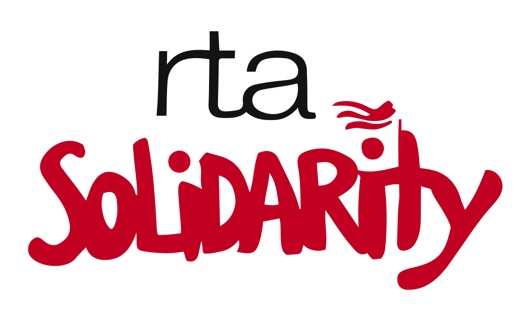The Rochester City School District Thursday unveiled a sweeping set of proposals that would rearrange the academic careers of future city children and move toward a more equitable distribution of students, both inside the district and among its neighbors.
The “Path Forward” is Superintendent Barbara Deane-Williams’ most concrete vision for the district in her 18 months in office. Her teams have spent the last several months canvassing the city to gather input from students, parents and staff; their work culminated both in Thursday night’s announcement and an array of possible student placement changes to be announced Saturday morning.
Among the key points included in Thursday’s presentation:
- Rearrange the offerings in different sectors of the city to ensure that each of the three ‘zones’ has roughly even enrollment and a full range of offerings for early education, students with disabilities or those who don’t speak English well.
- Make plans to replicate the district’s most popular schools — School of the Arts, School Without Walls, World of Inquiry School 58 and Children’s School of Rochester School 15 among them — and be prepared to implement them as other schools fall into state receivership and need to be restarted, as is the case now with Kodak Park School 41.
- Give Edison Tech its second re-boot in three years, again with an emphasis on getting students real-life work experience.
- Partner with outside districts and outside funders on magnet schools to attract suburban students, including a second P-TECH school with Greece and a downtown elementary school that would draw half its enrollment from the suburbs and cater to parents who commute into the city.
Those last two points, in particular, have yet to be fleshed out. They would require outside money and some expression of interest from the suburbs and others. Monroe Community College is involved in the first; Great Schools for All is involved in the second.
The Path Forward plans will be an integral part of the 2018-19 budget process. The district has not yet released any preliminary budget numbers, but districts across New York are bracing for a difficult year due to a combination of financial and political effects in Albany and Washington, D.C.
In an interview Thursday before the school board meeting, Deane-Williams said the district needs to budget more proactively. It has had a chronic problem with unforeseen influxes of students once school has already begun.
“We knew it wasn’t coherent,” she said. “We needed to do this process to make it coherent.”
More generally, the Path Forward team heard loud and clear that the district needs to communicate better and hire more teachers of color.
Special education has been a key focus lately. A planned shift in responsibilities for special education meetings this school year has gone horribly wrong, with parents clamoring for help and both the teachers and administrators unions filing grievances.
The school board last week convened an unusual meeting where all seven members, including the two new appointees, grilled Deane-Williams and the newly appointed special education director, Theresa Wood, about how they intend to fix the situation.
More: RCSD stumbles with special education changes
The administration’s plan involves, in part, hurrying to hire needed additional staff and realigning special education reporting responsibilities to match those in general education.
Even as it heard the administration’s Path Forward plan, the board voted on its own resolution to create a special advisory committee on special education, to be headed by incoming board member Melanie Funchess. That committee would oversee the administration’s ongoing work and solicit community support.
More: Scathing report finds RCSD takes a ‘wait-to-fail’ approach to special needs students
A second component of the Path Forward plan, dealing with student placement patterns, will be presented in a meeting Saturday morning. It is expected to propose a return to a more neighborhood school-based model.
The district hinted, though, that it won’t be a strict neighborhood model. As Deputy Superintendent Bo Wright noted, that can have the effect of reinforcing housing segregation patterns.
The new placement will also provide more special education and English language learner seats at some of the district’s highest-performing schools. In the past, Deane-Williams noted, those students have often been shunted into less popular schools that have extra room.
Last week, the district announced a hastily assembled Bilingual Education and Literacy Academy, a temporary program on Hart Street for some of the 500 or so students who came from Puerto Rico after Hurricane Maria. The district has not yet decided how to handle those students in the 2018-19 school year.
